East Valley IPA
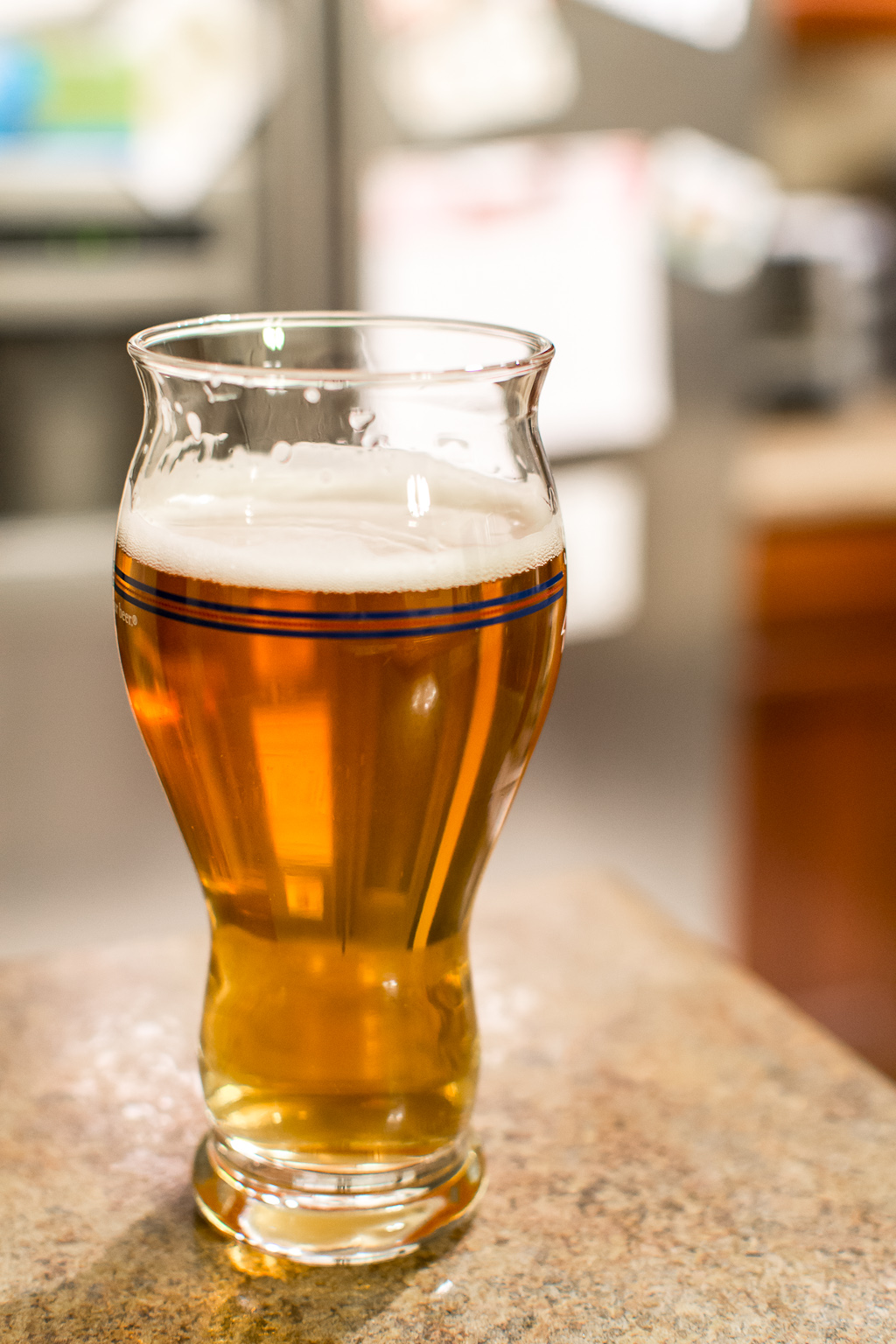
After some friends and I tore through the better part of the Pliny clone I brewed, I’m short an IPA on tap. At the moment there’s still some of my Ruination 10th Anniversary clone left, but it turned out a bit sweet, and it’s a sipper for sure. I want something hoppy but drinkable, so I’m brewing a tweaked version of my Hop Knot Clone. I absolutely love the grain bill for Hop Knot, as well as the yeast character. The hop character is also fantastic, but I want to try to throw some CTZ in the recipe to see how it tastes with some of that dank/resinous quality that CTZ has.
There wasn’t anything terribly unique about the brew day, other than how ridiculously hot it’s been lately. I brew inside, so that isn’t a big deal, other than the fact my tap water is around 95*. Everything went smooth, other than a big boilover when I turned back on the boil for a second. We mashed for 60 minutes, boiled for 90, and whirlpooled the wort hot for 10 minutes after flameout. I’m still getting used to my new electric kettle, and my boil-off rates aren’t quite what I’m used to. So as a result, the OG came in 3 points high. Not a huge deal, but this beer will be a bit bigger than planned.
I pitched the yeast at 62*, and fermented at 62 for the first 3 days. Then I raised the temp to 68* to allow the beer to finish up. I brought the fermenter up to room temp on day 6, then racked to secondary and dry hopped on day 9. Three days later the other half of the dry hops went in. Then the beer was kegged, fined, and carbed.
Brewed: 08-11-12
Dry Hopped: 08-20-12
Kegged: 08-27-12
OG: 1.068
FG: 1.014
ABV: 7.1%
IBU: ~61
6 Gallons
10lbs 2-Row
3lbs Marris Otter
12oz Crystal 20
Mash @ 150*
0.68oz Warrior @ 90
0.85oz CTZ @ 30
2oz Cascade @ 0
2oz Simcoe @ 0
1oz CTZ @ 0
Dry Hop 1:
.75oz ea Cascade & Simcoe
.5oz CTZ
Dry Hop 2:
.75oz ea Cascade & Simcoe
3 liter starter of WLP007 fermented @ 62F. Raised temp to 68* after the third day of fermentation
Results:
I’m actually surprised how much of an impact the addition of CTZ made. The aroma and flavor are still very Cascade/Simcoe heavy, but the small amount of CTZ had a noticeable difference. With that said, this beer is still extremely grapefruity. It has that intense grapefruit aroma that’s almost Squirt soda-like. There’s also a bit of pine that comes through too. This batch is still very reminiscent of the Hop Knot Clone I brewed a few months ago, but with a bit more of that grungy, resiny hop aroma. It’s clean and dry, with a nice supporting malt character. There are some subtle esters that meld nicely with the hops. The CTZ brought a little more pronounced bitterness to the beer that wasn’t there before.
I’m not sure that moving the recipe this direction was better, so I’ll continue to play with this beer some. Next time I’ll probably drop the CTZ, cut back on the cascade, and add a little Centennial to the mix. It’s still a really nice beer though, and fantastic to start the football season with.
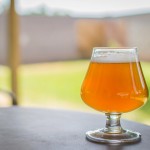
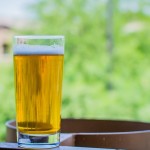
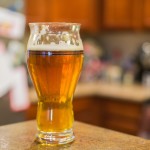
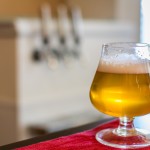
Hi Scott,
New brewer here. I've been following your blog for a few months now and have learned a lot. Thanks for taking the time to do this!
I wonder if you could write up a post on the subject of temperature during fermentation?
For example, with this ale, you start at 62, then raise to 68, then raise to "room temperature (72?).. just wondering why you do this vs. just keeping temperature the same for entire fermentation/dry hop time.
Thank you!
Tom
That's actually a really good idea for a post. I'll give you the short version here. I like to pitch cool and keep the wort cool for the first 24-48 hours. This is when the majority of the yeast growth occurs, and much of the ester production.
I'll then allow the wort to warm itself to up to something in the mid-60s (65-68). This is when the majority of the converting of sugars to alochol takes place. Finally, once fermentation is starting to slow down, I'll allow the wort to warm up to 70-72*. The warmer temps keep the yeast active, and help it attenuate a little better.
Excellent! Would you call one of those periods at higher temp the "Diacetyl Rest"?
Yes, definitely. Yeast, if they are still active near the tail end of fermentation will scrub diayctl from the beer. Yeasts known for producing lots of diayctl are typically yeasts that floc out early. Keeping the fermenter warm at the very tail end, and gently rousing the yeast really help.
Scott,
when you do multiple dry hopping phases do you remove the hops from the previous phase?
I probably should, but I don't. I'm typically pretty lazy when it comes to things like that.
Yeah, poor man's Best Vacuum Sealer waterproofing. once blanching veggies to freeze, you would like to figure as quickly as doable and find them to the frozen stage in smallest time. that is wherever makers have the house preserver beat. They flash freeze the veggies, which preserves a number of the first texture of the vegetables.